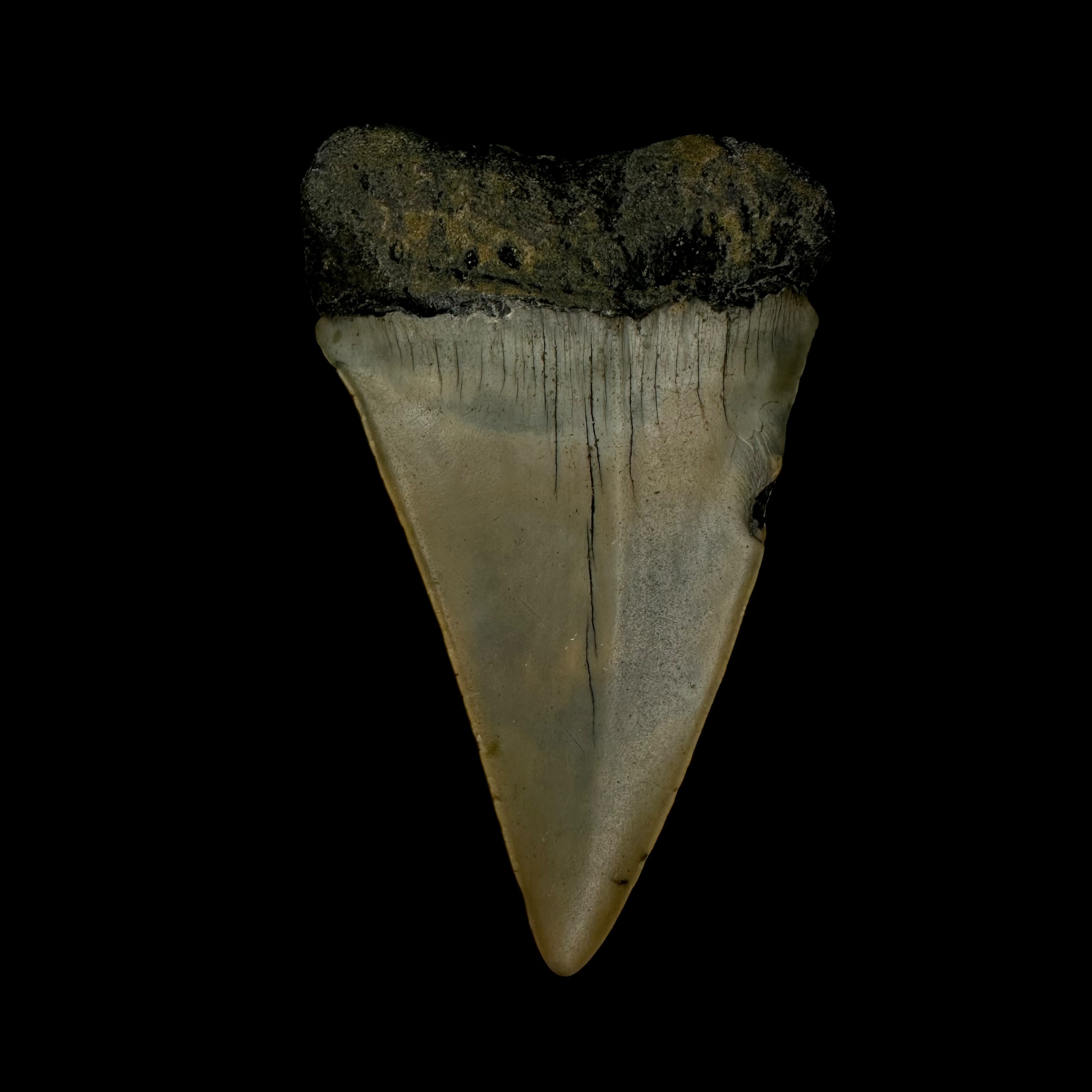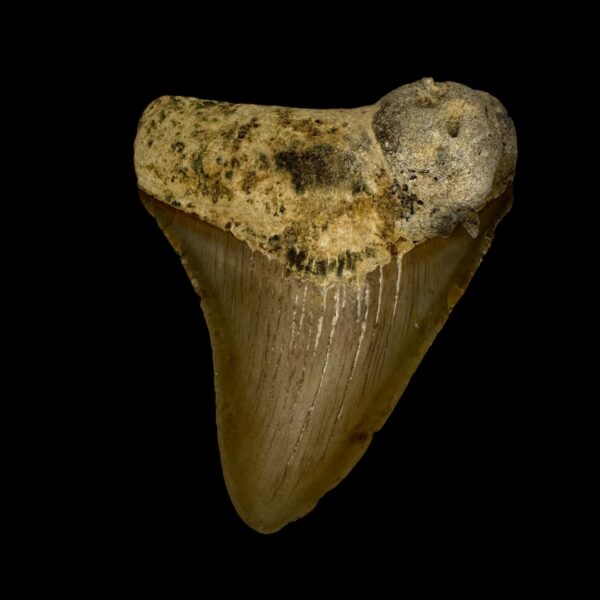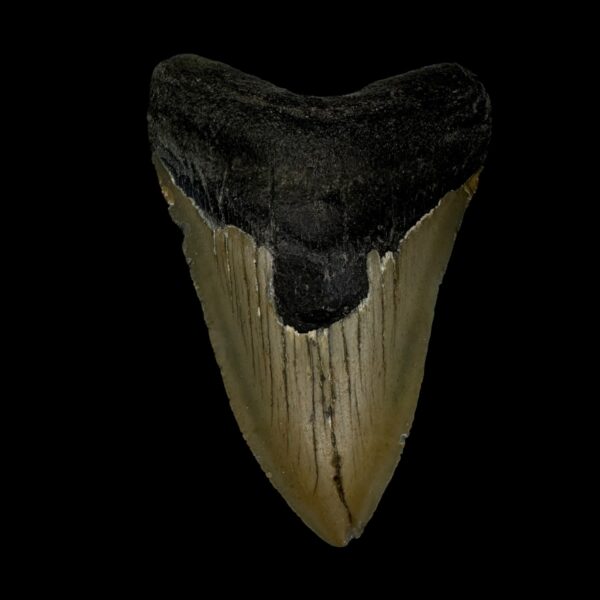The megalodon (Otodus megalodon) stands as one of the most formidable predators in Earth’s history. Understanding how did megalodons evolve provides insight into the evolutionary pathways that led to the emergence of such a colossal marine predator. This exploration delves into their origins, evolutionary adaptations, and the factors that contributed to their dominance in prehistoric oceans.
Origins of Megalodon: The Ancestral Lineage
To comprehend how did megalodons evolve, it’s essential to trace their lineage back to their earliest ancestors.
- Early Ancestors: The megalodon’s evolutionary journey likely began with Otodus obliquus, a shark species from the Paleocene epoch. Over millions of years, this lineage underwent significant transformations, leading to the emergence of Otodus megalodon.
- Taxonomic Debates: Initially classified under the genus Carcharodon due to dental similarities with the great white shark, further studies have reclassified megalodon into the genus Otodus. This shift underscores the concept of convergent evolution, where unrelated species develop similar traits independently.
Evolutionary Adaptations: Traits That Defined Megalodon
Exploring how did megalodons evolve involves examining the specific adaptations that facilitated their rise as apex predators.
- Tooth Morphology: Megalodon’s teeth evolved to become larger and developed serrated edges, enhancing their ability to grasp and slice through prey. This adaptation was crucial for hunting large marine mammals.
- Gigantism: The evolution towards massive body sizes allowed megalodons to dominate their ecological niche, preying upon sizable marine creatures and reducing competition. Estimates suggest they reached lengths of up to 24 meters (about 79 feet).
- Thermoregulation: Evidence indicates that megalodons possessed adaptations for regional endothermy, enabling them to maintain elevated body temperatures. This trait allowed them to inhabit a wide range of oceanic environments.
Fossil Evidence: Unraveling Evolutionary History
Fossil records play a pivotal role in understanding how did megalodons evolve.
- Global Distribution: Fossilized teeth have been discovered worldwide, indicating that megalodons had a cosmopolitan distribution. This widespread presence suggests they were highly adaptable to various marine environments.
- Anatomical Insights: While teeth are the most common fossils, rare findings of vertebral columns have provided additional information about their physiology and growth patterns.
Extinction: The End of an Era
Understanding how did megalodons evolve also involves exploring the factors that led to their extinction.
- Climate Change: Shifts in ocean temperatures during the Pliocene epoch may have impacted megalodon populations, affecting their prey availability and nursery habitats.
- Competition: The emergence of new predators, such as early orcas, introduced competition for similar food sources, potentially contributing to megalodon’s decline.
Legacy: Megalodon’s Place in Evolutionary History
The study of how did megalodons evolve offers valuable insights into evolutionary biology and marine ecosystems.
- Evolutionary Significance: Megalodons exemplify the impact of environmental pressures on species development, highlighting the dynamic nature of evolutionary processes.
- Modern Research: Ongoing studies continue to refine our understanding of megalodon evolution, utilizing advanced technologies and methodologies to analyze fossil evidence.
Influence on Marine Biodiversity
During their reign in prehistoric oceans, these giants exerted a tremendous influence on marine biodiversity. By preying on large marine mammals, they kept populations in check, preventing overgrazing of plankton and smaller fish. This top-down regulation fostered a balanced ecosystem, where various species could coexist and thrive.
The disappearance of such a dominant species likely caused a ripple effect across the marine food web. Prey species may have increased temporarily, but so did competition among other predators vying for the same food sources. Understanding these interactions helps researchers draw parallels with today’s shifting marine dynamics and prompts deeper questions like how did megalodons evolve?
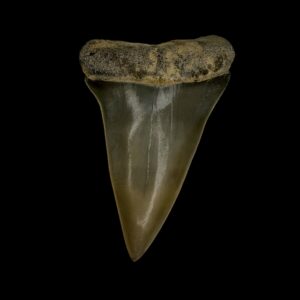
Fascination Through the Ages
For centuries, fossilized remains of these ancient creatures have captivated scientists and collectors alike. From early discoveries misidentified as dragon tongues to today’s detailed classifications, the journey of understanding their biology and behavior continues to evolve.
In fact, many historical studies initially lacked the tools to answer questions such as how did megalodons evolve? But today, advancements in paleontology are shedding more light on their development through time.
Museums around the world showcase these fossils as reminders of a distant past when the seas were ruled by some of the largest carnivores to have ever lived. Their massive teeth, often found washed ashore or buried deep within sediment layers, serve as direct evidence of their once-mighty presence.
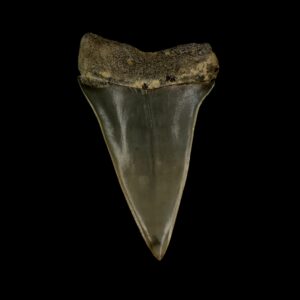
Continuing Scientific Exploration
Paleontologists and marine biologists remain committed to uncovering new data. Advanced imaging techniques, such as 3D modeling and isotope analysis, allow for deeper insights into growth rates, migratory patterns, and dietary habits. Each new discovery adds a piece to the puzzle, enriching our understanding of life in Earth’s ancient oceans.
Questions like how did megalodons evolve? are driving much of this exploration. By comparing megalodon fossils to modern shark species, scientists attempt to reconstruct evolutionary trees and pinpoint the environmental changes that may have influenced their rise and fall.
The legacy of these creatures lives on, not only in the fossil record but also in our collective imagination. They remind us of nature’s capacity for both awe and power, and how much there is still to learn about the history hidden beneath the waves. Ultimately, asking how did megalodons evolve? connects us not just to the past—but to the ongoing story of life in our oceans.
Unearthing New Clues from the Fossil Record
The evolution of megalodons is a subject of growing interest among researchers and enthusiasts alike. Fossil records offer invaluable insight into their physical transformation over millions of years. Sedimentary deposits around the world—from the coasts of Peru to the Southeastern United States—have preserved teeth and vertebral columns that trace their evolutionary lineage.
While the fossil record is still incomplete, it’s growing thanks to ongoing digs and underwater discoveries. Paleontologists are now using radiometric dating and isotopic analysis to determine more accurate timelines. These tools reveal how the structure of megalodon teeth evolved to become more serrated and broader, better adapted to their prey.
The Role of Ocean Currents and Climate Change
Changes in Earth’s climate systems and ocean currents played a pivotal role in shaping the evolutionary trajectory of this apex predator. Warmer oceans likely expanded their hunting zones, allowing them to migrate and adapt to new prey over time.
Conversely, the eventual cooling of Earth’s waters and the formation of polar ice caps may have restricted their food supply, contributing to their decline. This environmental pressure is a key element in understanding how did megalodons evolve?, adapt, and ultimately disappear.
Ocean cooling disrupted migratory feeding patterns
Prey scarcity likely led to increased competition
Changing salinity and currents influenced breeding grounds
Comparing Megalodon to Modern Sharks
Studying existing species such as the great white and mako shark helps researchers reverse-engineer megalodon behavior. Both have streamlined bodies and efficient hunting techniques, suggesting common ancestral traits.
Modern research compares cartilage thickness, bite force, and even tooth morphology to draw parallels. Through this comparative anatomy, we inch closer to fully answering how did megalodons evolve?
Global Sites of Discovery
Some of the richest megalodon fossil sites are now hotspots for paleontological tourism and research. Locations such as:
Bone Valley, Florida
Calvert Cliffs, Maryland
Atacama Desert, Chile
Antwerp, Belgium
…have revealed some of the largest, best-preserved specimens to date.
Each discovery supports hypotheses about migration routes, predatory behavior, and environmental adaptability.
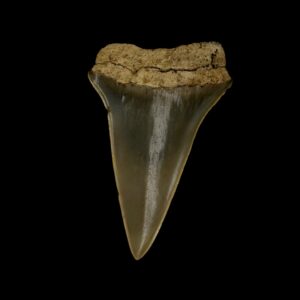
Influences on Future Research
Understanding the rise and fall of prehistoric giants like megalodons could serve as a blueprint for studying modern marine species facing extinction. Their story is one of success, adaptation, and ultimate disappearance, providing lessons for today’s conservation efforts.
Institutions like the Smithsonian National Museum of Natural History and Natural History Museum, London offer rich archives for public and scientific exploration. Online databases like Fossilworks and The Paleobiology Database also contribute to our collective knowledge.
Dive Deeper Into Ocean History
As the puzzle pieces of evolution come together, new questions arise:
How fast did megalodons grow? What caused their extinction? How did their physiology compare to modern marine life?
Exploring these questions keeps scientific curiosity alive and allows everyday people to connect with Earth’s deep past. Engaging blogs, academic journals, and museum exhibitions worldwide continue to make the topic accessible and exciting.
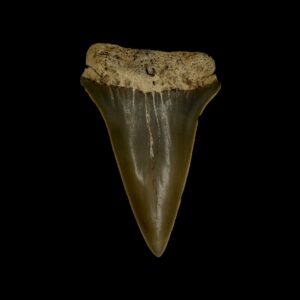
Final Thoughts: A Legacy That Lives On
While the question “how did megalodons evolve?” may never have a definitive, single answer, each new study brings us closer. Their legacy is visible not only in the ocean sediment but also in the spark of curiosity they ignite in scientists and collectors alike.
Through modern technology, dedicated research, and public interest, the story of megalodons continues to evolve—much like the species itself once did.


